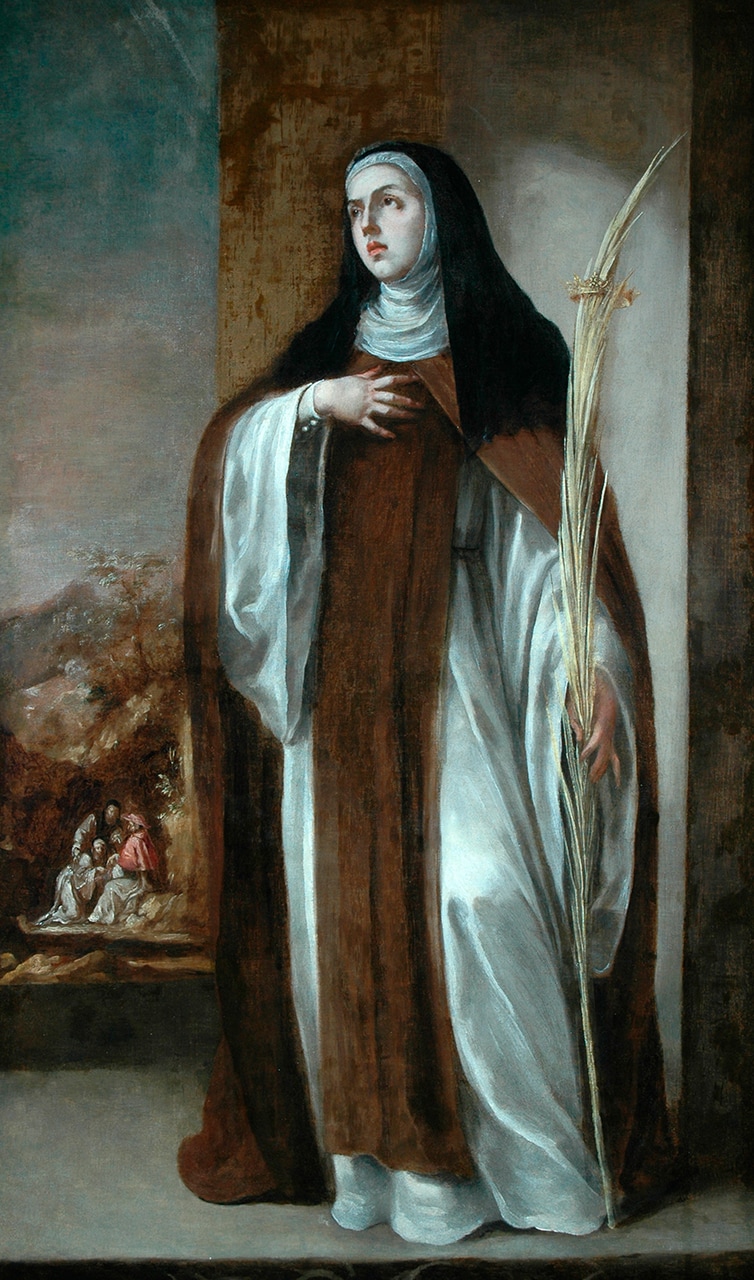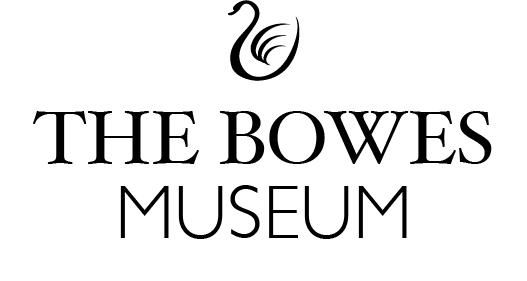
Saint Eustochium
St Eustochium was the daughter of St Paula and the Roman Senator Toxotius, as well as a follower of St Jerome. After her father died in around 380, Eustochium and Paula lived an austere life, and when Jerome arrived in Rome two years later, they devoted themselves to his spiritual guidance. Eustochium was fluent in Greek and Latin and could read the Scriptures in Hebrew. Her uncle Hymettius and his wife Praetextata often tried to persuade her to abandon her austere life, but in view of the strength of her faith, their attempts proved futile.
In 384, Eustochium made a vow of chastity for which she was praised in a letter from Jerome. Devoted to his theological mission, she and Paula accompanied him on his trip to Egypt in 386, where they visited the hermits of the Nitrian desert so as to observe and imitate their way of life. In the autumn of the same year, Eustochium, Paula, and Jerome returned to Palestine and settled in Bethlehem, where they founded four monasteries and a hospice near the location of Christ’s birth.
The painting depicts the moment when St Eustochium makes her vow of chastity. The crowned palm in her left hand serves as a symbol of her wisdom and virtue, while the fact that she is dressed as a seventeenth-century Spanish nun transforms her into a contemporary exemplum, a figure capable of inspiring comparable levels of abstinence and austerity in those who observe her, particularly nuns. The vignette in the background, which depicts Jerome reading the Holy Scriptures to Eustochium and Paula in the Palestinian desert, underscores the importance of his role in her development.
The painting, which is one of few to focus on Eustochium, was produced at around the time that Valdés Leal founded the Sevillian Academy of Art (1656–57) in conjunction with his colleague, Bartolomé Esteban Murillo (1617–82). Given that it forms part of a sequence of twelve works produced for the Monastery of San Jerónimo de Buenavista in Seville, it can be related to the Martyr of the Order of Saint Jerome (1657) in the Museo del Prado in Madrid. Like many of the artist’s religious paintings, the portrait of Eustochium is characterized by a dreamy and tranquil style distinctive of the Sevillian School of the seventeenth century. Of particular note is the emulation of Murillo’s realism, which, combined with the use of a light palette and soft pencil strokes, succeeds in capturing the complexity of his spiritual subjects. It is partly for this reason that Valdés Leal enjoyed an extraordinary level of popularity among church and monastery officials as well as individual patrons.
 Click to zoom and pan
Click to zoom and pan
...
Your feedback is very important to us. Would you like to tell us why?
We will never display your feedback on site - this information is used for research purposes.
Artwork Details
Title
Saint Eustochium.
Artist
Juan de Valdés Leal (Seville, 1622–90).
Date
1656–57.
Medium and Support
Oil on canvas.
Dimensions
207 x 124 cm.
Marks and Inscriptions
None.
Acquisition Details
Bequeathed by John and Joséphine Bowes, 1885.
Previous Owners
Purchased by Antonio Bravo from the Monastery of San Jerónimo in 1836; bought by the Count of Quinto from the collection of Antonio Bravo in 1853; purchased by John and Joséphine Bowes from the widow of the Count of Quinto in 1864.
Institution
The Bowes Museum, Barnard Castle, B.M.69.
Bibliography
Eric Young, Four Centuries of Spanish Painting: 17th June – 17th September 1967, The Bowes Museum, Barnard Castle, County Durham (Gateshead: Team Valley Printers, 1967), p. 57 (no. 76);
Eric Young, Catalogue of Spanish Paintings in the Bowes Museum, 2nd ed. (Middlesborough: The Bowes Museum, 1988), pp. 164–67;
Enrique Valdivieso, Valdés Leal (Madrid: Museo del Prado, 1991), pp. 114–15;
Véronique Gerard Powell, ‘Spanish Paintings in the Bowes Museum’, in Spanish Art in County Durham, ed. Clare Baron & Andy Beresford (Bishop Auckland: Bishop Auckland Trust, The Bowes Museum, & Durham University, 2014), p. 83;
Amanda W. Dotseth, ‘Collecting Spain: From the Conde de Quinto to the Bowes Museum’, in El Greco, Goya, and a Taste for Spain: Highlights from the Bowes Museum, ed. Amanda W. Dotseth & Mark A. Roglán (Dallas TX: Meadows Museum, 2019) pp. 46–47;
Mercedes Cerón, ‘Saint Eustochium’, https://vads.ac.uk/digital/collection/NIRP/id/28001/rec/1 [accessed: 10.06.22].
